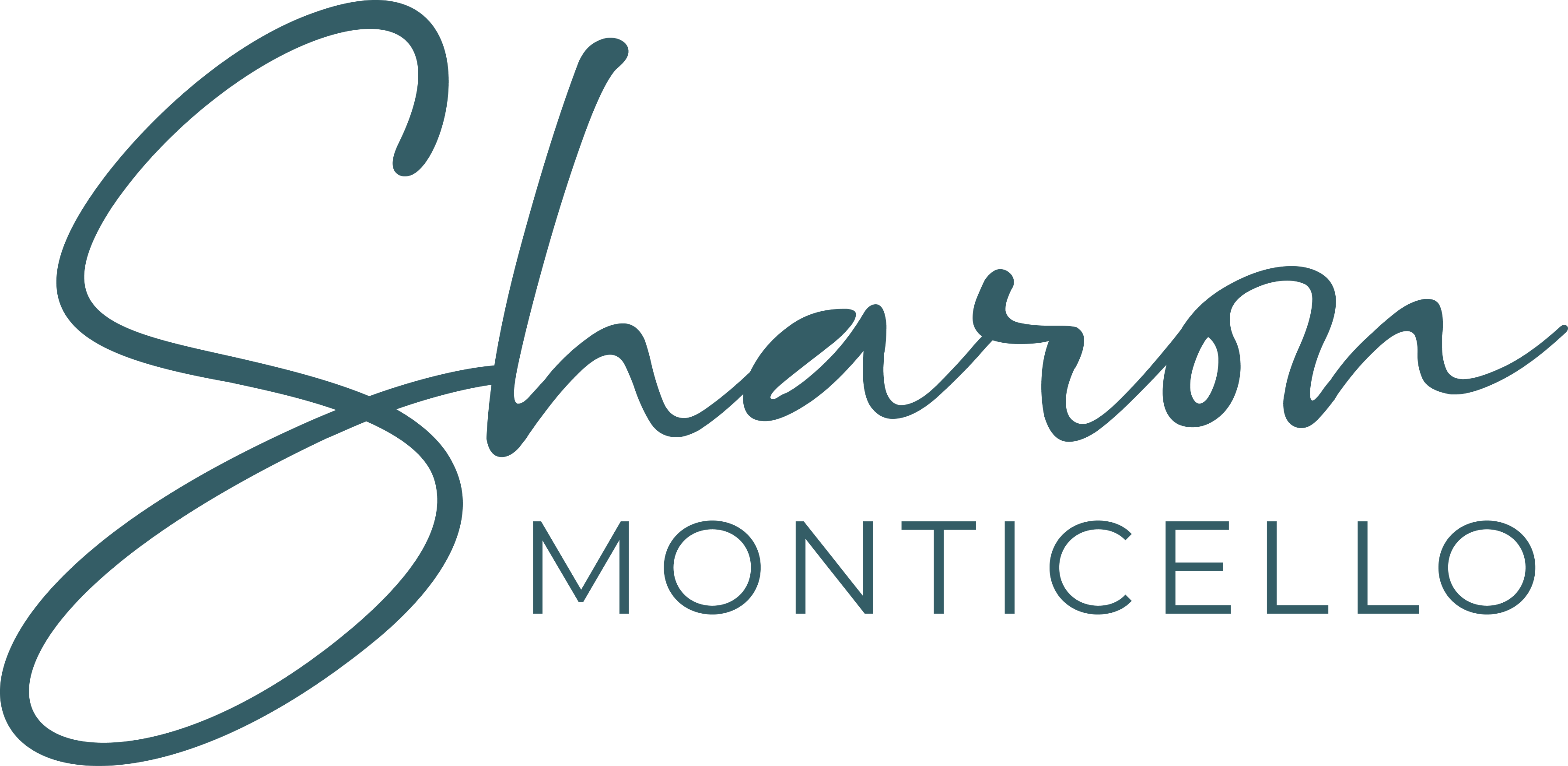Stuck Between Moving and Staying? These 3 Questions Can Help You Decide in Sonoma County

Sharon Monticello
Sharon Monticello is native to one of California's most picturesque areas— Petaluma, nestled in the heart of wine country, has been home to Sharon's...
Sharon Monticello is native to one of California's most picturesque areas— Petaluma, nestled in the heart of wine country, has been home to Sharon's...
If you’re a homeowner in Sonoma County with a low mortgage rate, you might be feeling a bit stuck these days. Perhaps you’ve considered making a move—whether it’s for more space, a change of scenery, or finally finding a home that feels just right. But then the reality of today’s interest rates hits, and suddenly, that idea gets pushed aside.
This scenario is playing out for many homeowners across the country, and Sonoma County is no exception. Millions of homeowners locked in at historically low rates in 2020 or 2021. Now, with interest rates on the rise, those same homeowners are hesitant to let go of what seems like a great deal—even if their current home no longer fits their lifestyle.
This phenomenon is known as the “lock-in effect,” and it can be a strong influence. However, it doesn’t mean you’re out of options. If you’ve been hesitating, unsure whether to stay or go, there are three questions that can help you gain clarity—and make a decision you feel confident about.
Is your current home still working for your life—or just your loan?
This might be the most crucial question to consider. When you look beyond the interest rate, beyond the numbers and spreadsheets, is your home still supporting your day-to-day life?
Maybe what once felt spacious now feels cramped. Or perhaps your home feels too large and quiet since the kids moved out. Your needs may have changed—you might be working from home more often, caring for aging parents, or have welcomed a new family member. Or maybe you’ve simply outgrown the space emotionally. What once felt like a dream home now feels like a never-ending to-do list.
It’s easy to push those feelings aside and focus solely on your current mortgage rate. But when your home no longer fits your lifestyle, it’s worth considering what it’s costing you to stay—not just financially, but emotionally, mentally, and physically. The right home doesn’t have to be perfect, but it should make your daily life easier, not harder.
What would a move really cost you—and what might it make possible?
There’s no denying that today’s interest rates are higher than they were a few years ago. However, that doesn’t automatically mean moving isn’t financially viable. What matters is how the complete picture shapes up for you.
Many homeowners today are sitting on significant levels of equity. As of early 2024, the average mortgage-holding homeowner in the U.S. holds approximately $299,000 in equity, according to ICE’s Mortgage Monitor report. That’s up from $274,000 at the end of 2022—and up even more significantly from $182,000 at the beginning of the pandemic, based on CoreLogic’s Homeowner Equity Insights report.
This means many homeowners in the area are sitting on considerable equity, which could be used as a down payment on a new home. This equity could reduce the amount you need to borrow, lower your monthly payment, or help you avoid private mortgage insurance.
And then there’s the other side of the equation: what lifestyle benefits could a move bring you?
Maybe it would bring you closer to loved ones, give your kids access to better schools, or provide that home office or outdoor space you’ve been dreaming about. Perhaps it means downsizing and having more money in your pocket each month. Or finally settling in a neighborhood where you feel more at home.
Moving isn’t just a financial decision; it’s a quality-of-life decision. When you weigh both the gains and the costs, you might find that the numbers aren’t as one-sided as they first appear.
If you stay, are you staying intentionally—or just avoiding a hard choice?
It’s perfectly fine to stay where you are. In fact, for some people, that’s absolutely the right move. But here’s the thing: it should be a decision, not a default.
Ask yourself: If I choose to stay for the next three to five years, what would I need to change or invest in to make this home truly work for me? Would I renovate the kitchen that’s no longer functional? Convert the spare room into a proper office? Redesign the backyard so it actually gets used?
Staying doesn’t have to mean settling. Sometimes, making peace with your current home involves making a plan to improve it—whether through small updates, strategic renovations, or simply adjusting how you use your space.
But staying without a plan can lead to years of quiet frustration. In many cases, those small compromises can add up to something more expensive than moving would have been.
Final Thoughts
Feeling “stuck” can be frustrating. But the good news is, you’re not as stuck as you might think. You’re just facing a decision that deserves careful consideration.
You don’t have to have all the answers today. But asking the right questions—about your lifestyle, your goals, and your finances—can lead you toward clarity. Whether you decide to stay or go, the goal isn’t to time the market perfectly. It’s to make a move that supports your life and your future.
If you’re unsure about what comes next, let’s talk it through. We’ll help you weigh the pros and cons, look at the real numbers, and explore what’s possible. Not to pressure you into a sale, but to give you the clarity and confidence you need to move forward in the direction that’s right for you.
Thinking about selling your home?
Get in touch. We'll guide you through every step of the process to ensure a smooth transaction that meets your goals.



